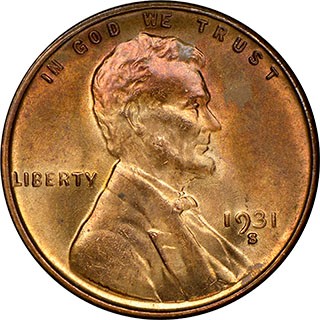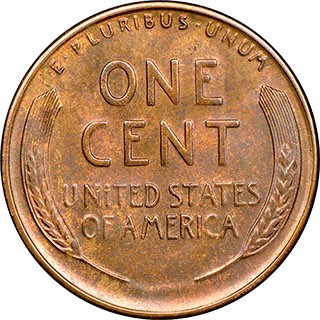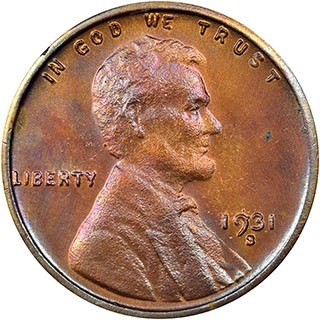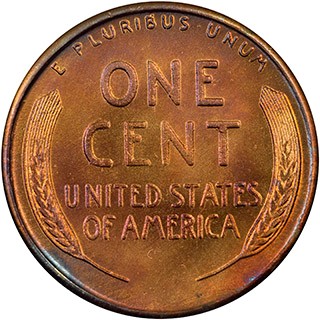Counterfeit Detection: 1931-S Lincoln Cent
Posted on 4/28/2020
By Numismatic Guaranty Corporation®
The 1931-S Lincoln cent has long been known as a key date in the series. It had the second lowest mintage after the famed 1909-S VDB, with only 866,000 struck.
Oddly enough, mint-state examples are readily available. This is because many remained unissued until 1935, when they were scooped up by the roll and bag by collectors and dealers. However, these coins are valuable even in lower grades. In fact, the Numismatic Guaranty Corporation (NGC) Price Guide lists a Good-4 example at $90 As such, the 1931-S is one of the most heavily counterfeited Lincoln cents.
NGC graders recently identified an interesting counterfeit 1931-S cent from a collector’s submission. At first glance, an odd, pimply surface is evident on Lincoln’s bust. This porosity indicates that this is a rarely seen spark-erosion counterfeit. These are made when a genuine host specimen is placed in an electrolytic solution opposite a blank piece of conductive metal. Electricity is then run through the coin, causing a spark to jump to the blank. The high temperatures leave a reverse duplicate (a die, effectively) of the host, which can be used to strike more fakes.
The forger polished the high portions of the die (the flat part, or field, on the coin) to remove the “pimples” created during the spark-erosion process. However, the devices (or raised portions) are incuse, so the counterfeiter was unable to smooth these areas. This makes most spark-erosion fakes easy to identify, especially when compared to the real deal.
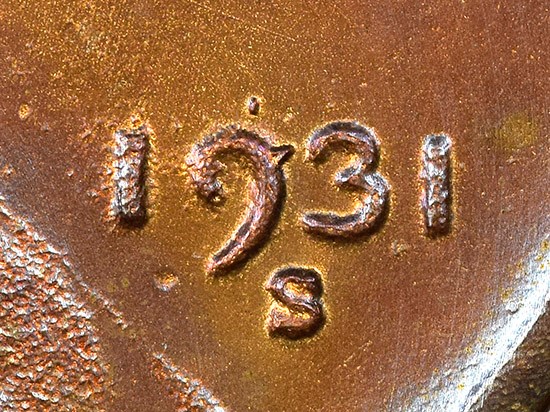 |
|
| Close-up of the counterfeit. Click image to enlarge. |
|
Not all counterfeits are so obvious. If you are unsure of your authentication abilities, it’s best to leave it to the experts. Coins that are graded and encapsulated by NGC are always guaranteed to be genuine.
Reproduced with permission from the January 2020 edition of The Numismatist, official publication of the American Numismatic Association.
Stay Informed
Want news like this delivered to your inbox once a month? Subscribe to the free NGC eNewsletter today!
